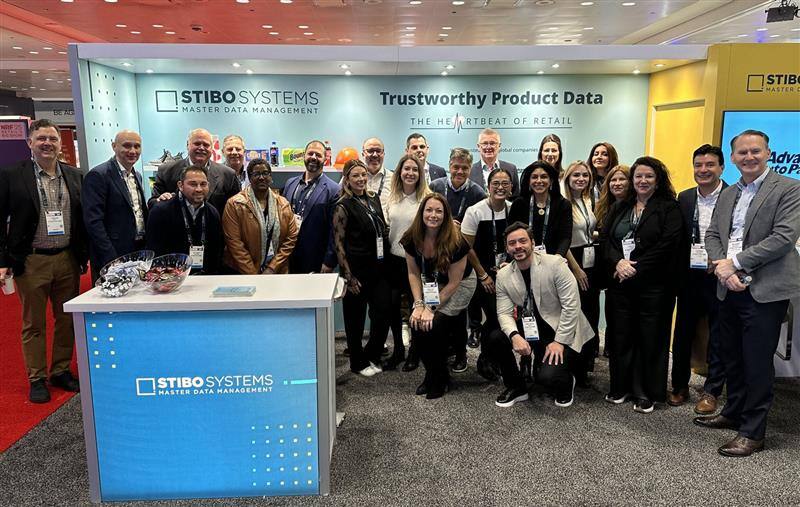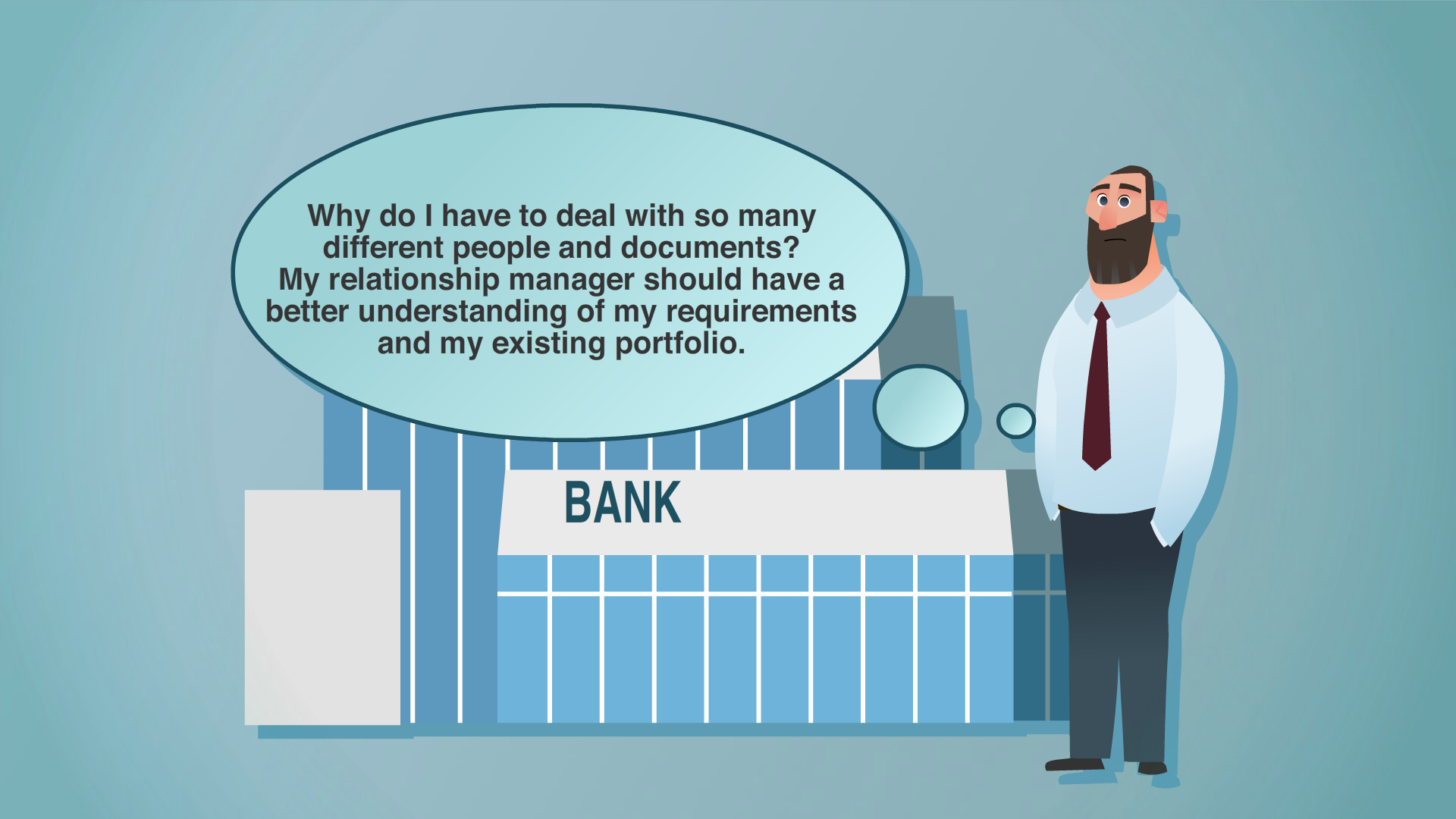Evolving customer demands. Digital transformation and compliance challenges. Growing product portfolios. It all contributes to an increasingly complex manufacturing landscape that only amplifies the challenges of navigating even small changes.
One of those challenges? Product variant management. It’s no longer enough to have a standard product without customization options. Customers expect choices — design options, finishes, features, colors — and manufacturers are responding by offering more and more product variants.
But as you add variants, the complexity multiplies exponentially. So what started as a single product line has now morphed into a labyrinth of configurations, part numbers and processes. And fragmented data, manual processes and disconnected systems only compound the problem, making effective custom product management nearly impossible.
The complexity product variants bring is more than just a technical problem — it’s a business risk with serious implications: errors become pervasive, teams get misaligned and customer satisfaction falls by the wayside. You can’t stop creating variants, but you need a system that streamlines operations and limits costly errors.
That’s where configurable bill of materials (BOM) management comes into play. We’re breaking down:
- How a BOM-level approach to product data can turn chaos and complexity into clarity
- Why you need a foundation of structured, trustworthy data
- The role master data management (MDM) and product information management (PIM) play
From customization to complexity: How product variants create chaos
You know the story: you design a base product and, before long, you’re adding customizations like size variations, different voltage ratings, coatings, accessories, or regional packaging.
Some are one-offs, some have serious volume, but as you’ve added more options to the base product, it’s ballooned into hundreds of part numbers and configurations. It’s unmanageable and chaotic. And the problems start showing up:
- Sales teams are quoting the wrong option
- Your engineers rely on outdated drawings
- Operations builds the wrong configuration
- The compliance team struggles to catch up
- Procurement’s raw materials allocation is off
Without effective custom product management, these problems spread across the enterprise, creating org-wide delays, rework and general frustration from your customers. And while it’s easy to blame the sheer number of configurations, the reality is that the root problem has nothing to do with the number of products.
It’s the lack of a structured model to handle the different products and configurations. Custom product management, on the other hand, creates that consistency in an otherwise inconsistent order log. A BOM-level product data model gives you the precision you need to keep every variant under control and makes it easier to manage.
Why complex variants are so hard to manage
Whether you manufacture machinery, vehicles or electronics, configurable product lines are a challenge. Not because of a complex design, but because of the relationship between components, raw materials, variants and finished goods. Without a structure to manage it all, complexity quickly multiplies.
Here are just a few challenges of custom product management without a solid structure in place:
- When you have too many variations without structure, each department tracks information differently across different systems. This results in product families falling out of alignment.
- Procurement teams struggle to manage inventory, resulting in over or understocked raw materials or missed efficiencies and optimizations.
- Manual processes slow change tracking because you have to re-enter every update into multiple systems, which introduces delays, errors and incomplete information.
- Engineering, operations and customer-facing teams all use different tools, creating siloed systems that lead to inconsistent or mismatched data.
- Inaccurate data erodes customer trust and credibility — like different information across engineering specs, catalogs, test reports and ecommerce sites.
These challenges make every change costly and every product launch far riskier than it should be. That’s where configurable BOM management can help.
What BOM-level precision really means
While BOM is often thought of as an engineering tool, its value extends far beyond computer-aided design (CAD) files. At its core, a BOM-level product model is a structured way to define components, assemblies, design, raw materials and configurations, so the entire organization can work from a single trusted source of information.
With this structure in place, you can:
- Capture component/material relationships and dependencies so changes flow through every variant.
- Track configurations across brands, locations, models, markets and systems without losing visibility.
- Reuse components or materials intelligently across SKUs and suppliers, saving cost and reducing duplicate effort or inventory.
- Reflect real engineering and manufacturing complexity, so what’s promised in sales matches what’s delivered in production, down to the tolerances.
It’s not just about documentation, though. When you establish a structured, configurable BOM management model, you get rid of the chaos and complexity, making product variant management simpler and more effective.
How a structured model allows for more agility
When you organize data hierarchically — like configurable BOM management does — the base model, variants, assemblies and bundles can all adapt more easily, supporting the agility required for business growth.
So instead of patching together fixes, you can respond to changes quickly and with confidence. And when you combine that hierarchy with powerful master data management that ensures clean, reliable data, you can:
- Manage base models and variants together so updates ripple through systems automatically.
- Support visual configuration and guided selling tools that depend on clean, structured product data.
- Enable regional or channel-specific packaging without rebuilding the entire dataset.
- Update BOMs faster and with greater accuracy across engineering, procurement, sales and operations.
The result? Greater agility. You can introduce new options faster, deliver customizations with ease and synchronize data across mismatched systems to make sure teams are in sync. But most importantly, you can avoid costly errors before they reach the shop floor.
How MDM and PIM Bring Everything Together
Master data management and product information management platforms act as the backbone that ties engineering data, commercial information and digital content together. Instead of adding complexity, they add value by centralizing product master data with full BOM visibility enriched across the business.
With Stibo Systems Product Experience Data Cloud, manufacturers can:
- Centralize product master data with full BOM visibility, enriched across the business.
- Reduce errors by syncing data across ERP, PLM, CRM and e-commerce systems.
- Ensure engineering, sales, procurement and digital teams work from the same source of truth.
- Streamline management of multi-level product hierarchies, so data’s consistent everywhere you use it.
And the best part of MDM and PIM solutions is that they’re not just another IT system that requires extensive training, causes disruptions or adds to your already bloated tech stack. Instead, it serves as your foundation, preventing complexity from overwhelming operations and creating bottlenecks and costly workarounds.
The real-world impact of configurable BOM management
When you manage BOM-level data properly, you can see immediate results, like faster product launches from smoother update flows across teams without the rework. Or fewer errors in procurement, design, production and sales thanks to data that stays aligned. And with consistent, shareable data, you can enhance supplier-partner collaboration.
Custom product management gives you greater flexibility to customize and configure products — without reinventing the wheel, wasting time or manual data entry. It finally makes product variant management easy to handle and less manual.
No more mismatched spreadsheets. No more disconnected systems. No more randomly created item codes with no relationships or visibility. Just more time to focus on innovation, sales growth and customer satisfaction.
How to get started
Shifting to a structured product data model isn’t an overnight project, but it doesn’t have to be overwhelming either. Just follow these practical steps to get started and reap the benefits of MDM and more effective custom product management:
- Audit your current product variant and BOM structures to identify inconsistencies.
- Find gaps between engineering, supply chain, production and commercial departments and the systems that cause bottlenecks.
- Set up a scalable product data model in a centralized MDM or PIM platform to manage growth while enabling an acquire, govern, manage and share functionality.
- Bring technical and business teams together so the structure reflects how the business actually operates, providing value where it’s needed.
This approach drives adoption and delivers quick wins along the way, so you don’t have to wait until the full implementation to start seeing the value.
Bring precision without disruption with Stibo Systems
You don’t need another layer of software or complicated tech that takes too long to implement and learn. You need a platform that connects seamlessly with what you already have, syncing product data while managing complexity with the same discipline you bring to your production line.
With BOM-level product data powered by Stibo Systems Product Experience Data Cloud, you can:
- Cut through the noise
- Reduce errors
- Gain lost efficiency
- Root out margin killers
- Sync your entire enterprise
- Deliver products to market faster with precision and confidence
Learn more about Stibo Systems Product Experience Data Cloud and how it can help you finally manage product variants effectively and without the headaches.






































































































































































































